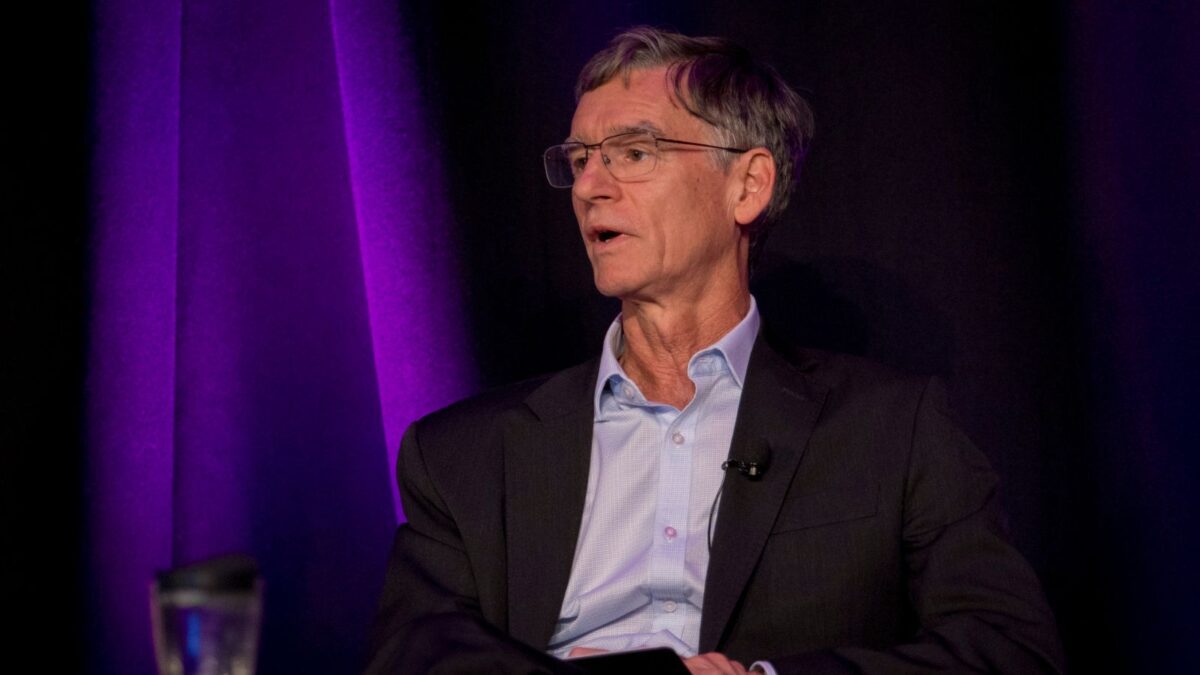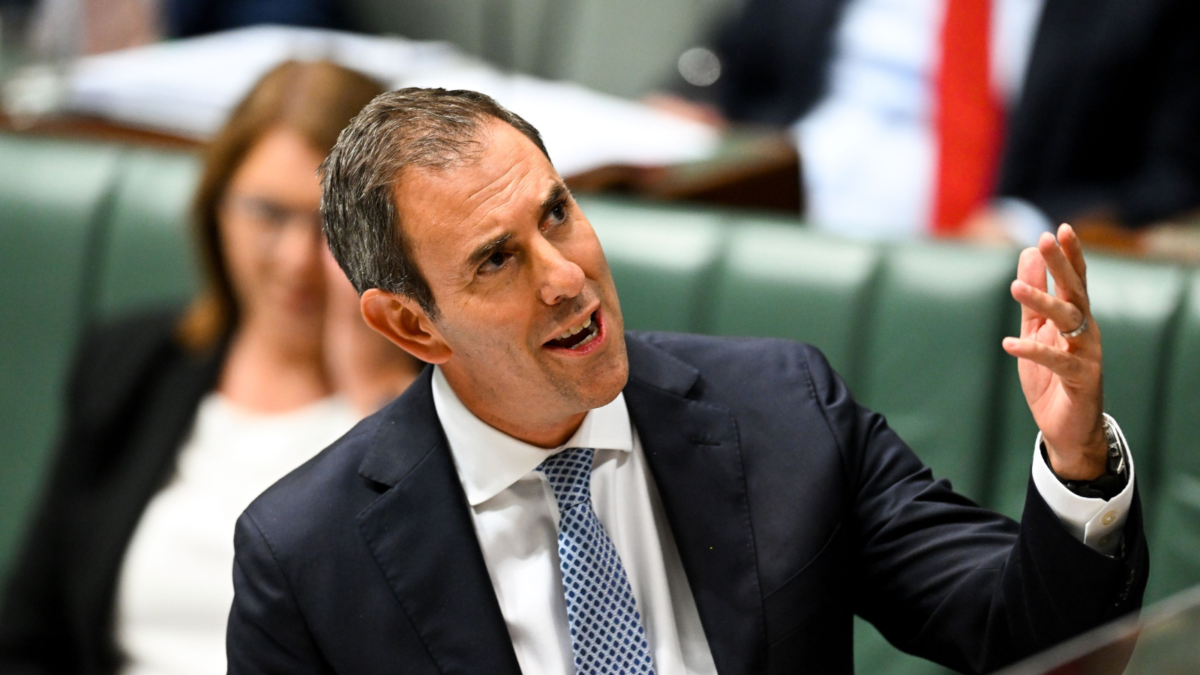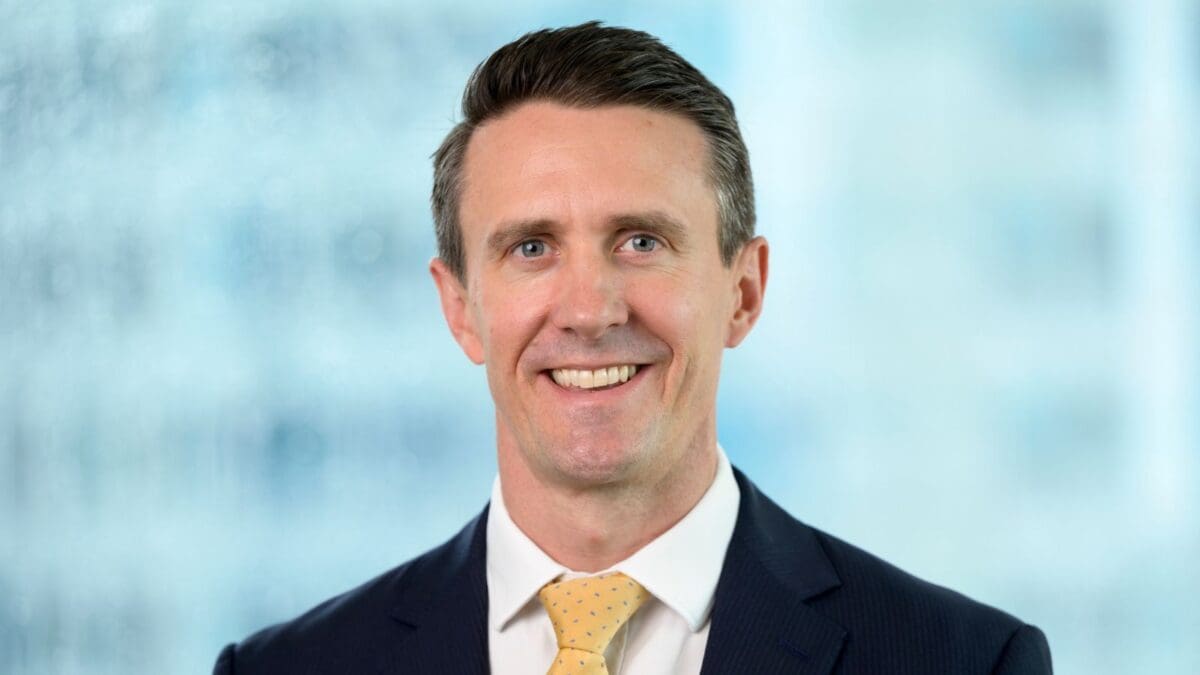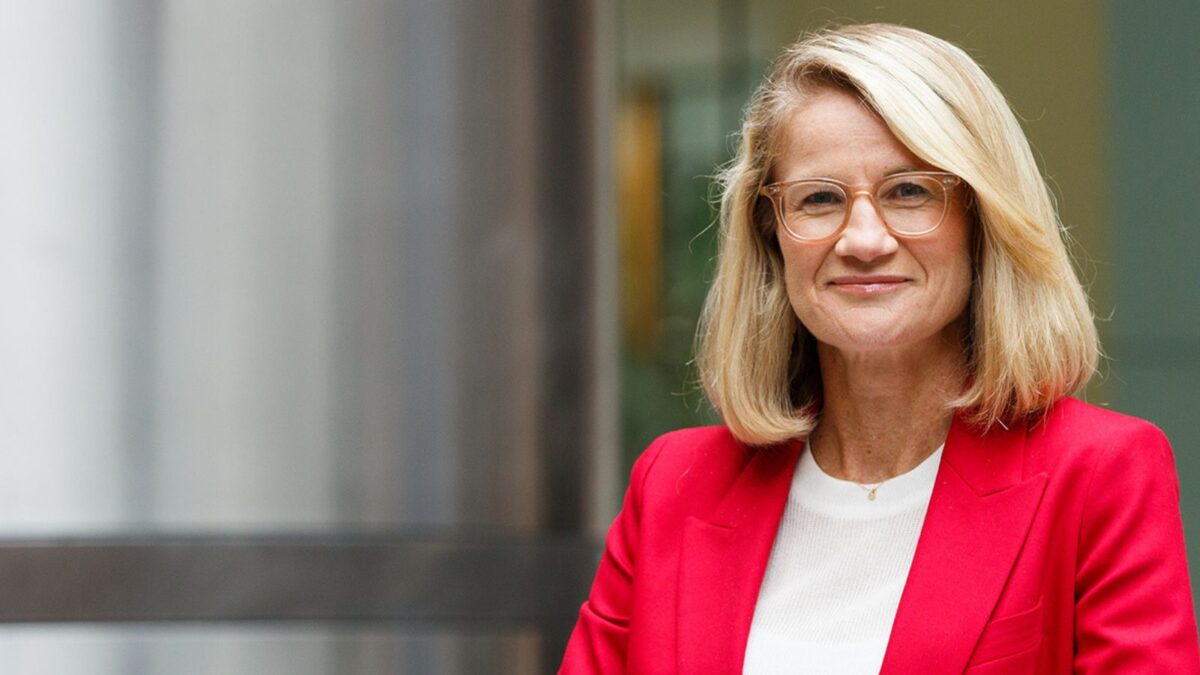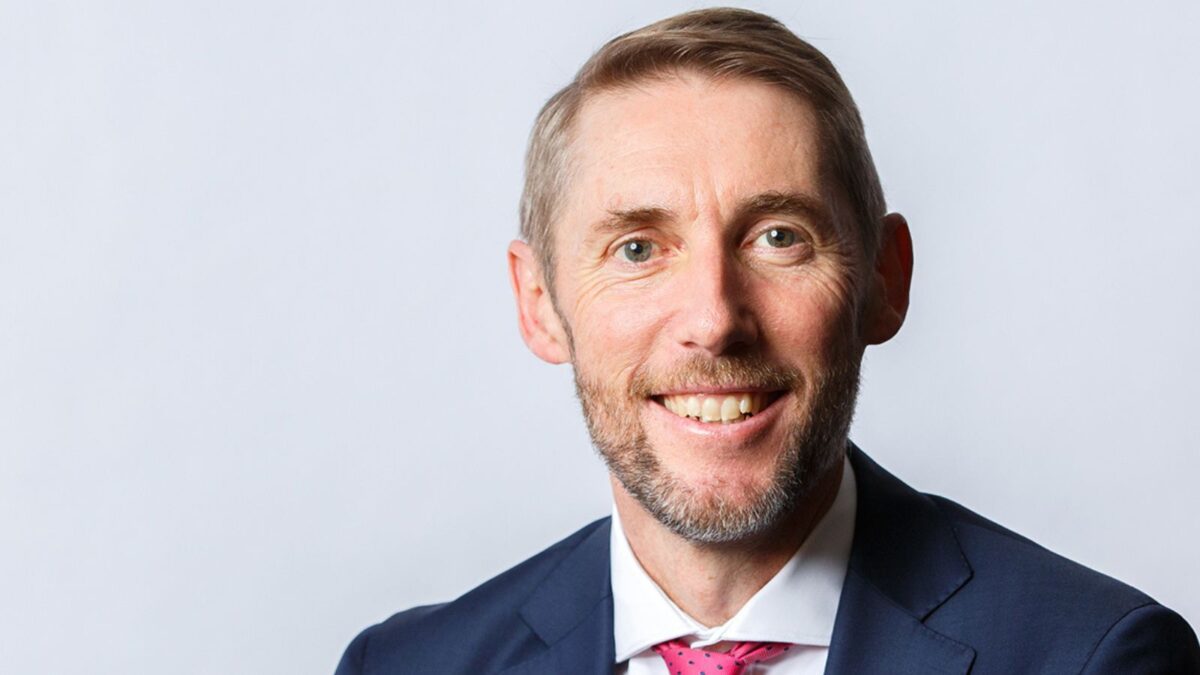Global bonds get interesting
(Pictured: John Stopford)
There are many changes afoot in investment management and a lot of them are interlinked. The blending of fixed interest and multi-asset strategies is an interesting development, which is prompting pension funds to rethink the way they do asset allocation.
After a 35-year bull market, global fixed interest is likely to be a bad place to be over the next few years. But we all know that consensus investing is not good too. And US interest rates are probably going up to a ‘normal’ level pretty soon and the rest of the world will follow. So, what do we do?
John Stopford, the co-head of multi-asset investing for Investec Asset Management and an experienced fixed interest manager, has an interesting perspective on the trend. He was in Australia, from London, last week.
Stopford says multi-asset investing sits at the centre of Investec’s investment strategies. It is, essentially, a solutions business. “Investors are looking for an outcome,” he says. “So you use whatever tools you have that make sense to deliver that.”
He says: “Fixed interest is one of the building blocks we can use. We run an income strategy, for instance, which relies on some fixed interest [investments] but increasingly we have additional investments because right now there’s the possibility of capital losses with bonds. We look for other asset classes to pay a yield.”
The skill with multi-asset investing is with the construction of the diverse portfolio. For instance, in Investec’s diversified income fund, the manager is using all the asset classes it has t its disposal.
Stopford says: “We haven’t seen dividends from equities higher than debt instruments since the 1960s…. With fixed interest, as a standalone strategy it’s becoming less attractive.”
Investec is increasingly, therefore, adding equities to its income portfolios. The firm no longer divides its investment world according to traditional asset class names. Rather, it divides the world according to the characteristics of the different parts of the investment spectrum. The three main characteristics are ‘growth assets’, ‘defensive assets’ and ‘uncorrelated assets’.
Stopford says that there are some fixed interest sectors, such as high- yield, which are more highly correlated with equities and need to put into a growth bucket rather than defensive category.


